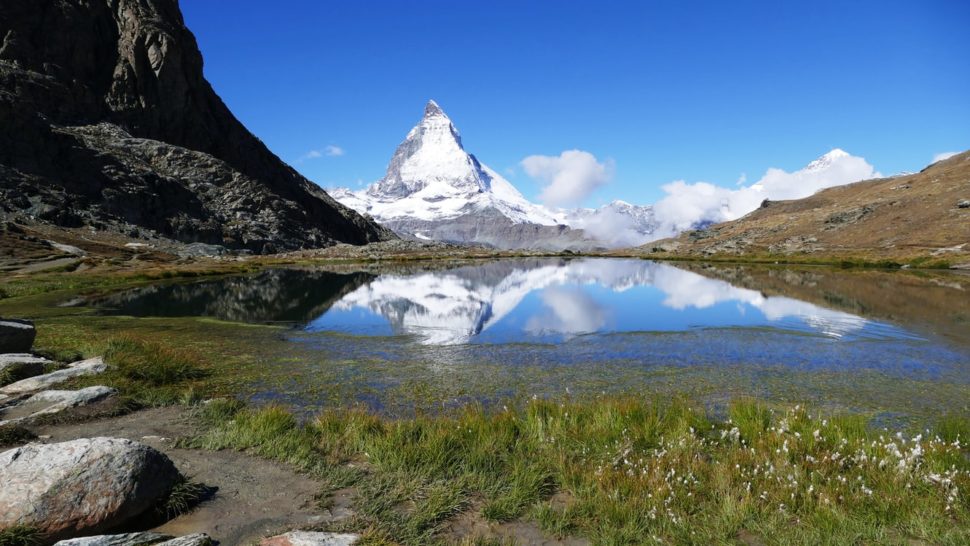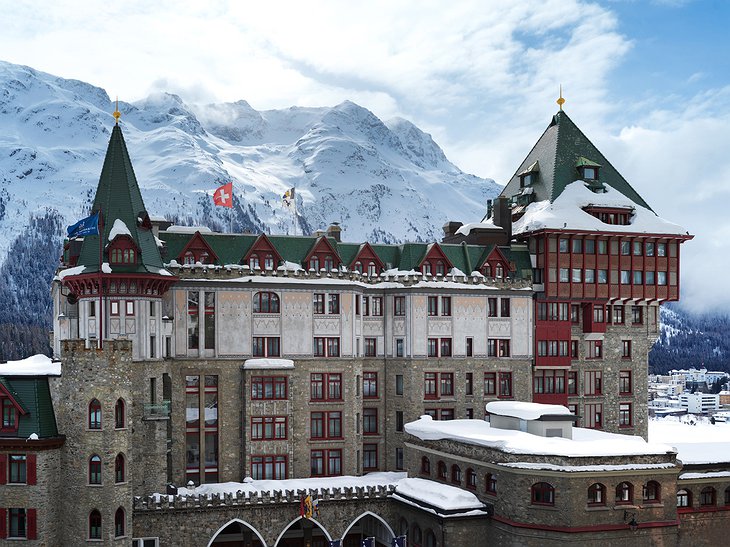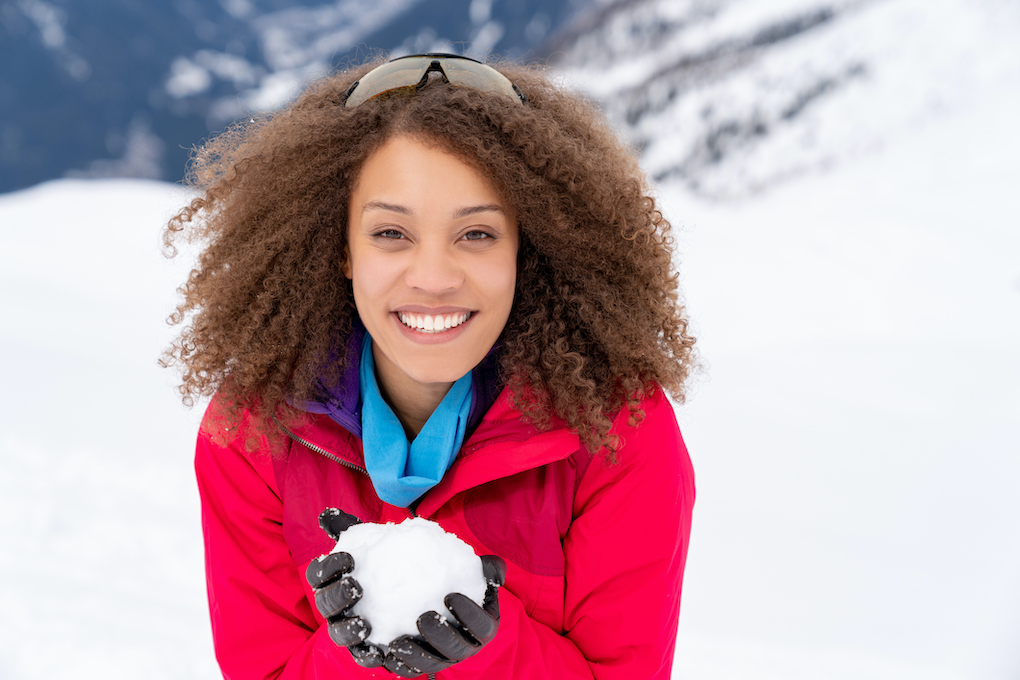What comes to mind when people think of Switzerland is cold weather, and it’s a popular country for a winter getaway. But do you have to be interested in skiing, sledding and ice skating to enjoy it? Not at all. Switzerland offers so much more.
First, we’ve got to comment on the scenery. It’s so spectacular that it doesn’t seem of this world, and everywhere you look it’s like a postcard. More than half of the country is dominated by the Alps and the Jura Mountains; majestic no matter what season you’re visiting. There are also numerous water features, including 1,500 lakes, and there are four major rivers: Rhine, Inn, Ticino and Rhône. Some of these cut through France, Italy and Austria.
The most well-known lake in Switzerland is Lake Geneva, the largest in the country, and among the largest in Western Europe.
According to The Crazy Tourist, “it sits at an elevation of 312 meters, and is completely surrounded by mountain peaks, including Mont Blanc and Grand Combin.”
Lake Lucerne is another awe-inspiring lake, offering mountain views and a mild climate.

Are there specific areas of Switzerland that should be on your itinerary? Yes. Zermatt towards the south is a popular mountain resort in the shadow of the Matterhorn Peak. The adventure seekers in your group are sure to find their stride, with plenty of spaces for skiing, ice climbing, hiking and more.
If you’re looking for high- end shopping, go to Bahnhofstrasse, the Swiss answer to New York’s Fifth Avenue or London’s Bond Street.
For accommodations, you can check out AirBnB, offering rooms, apartments, and entire chalets.

St. Moritz has attracted the ski-loving elite since the 1960s, and even before that. According to The New York Times, time stands still here, with resorts and hotels furnished with “classic, heavy Alpine furniture and crystal chandeliers.”
If you want the experience of staying in one of these historic hotels, check out the Badrutt’s Palace Hotel, with 156 suites, restaurants, bars and an on-site spa. There’s also Suvretta House, an “exclusive ski-in, ski out hotel” offering a 5-star experience, with a price tag to match. You can take the Glacier Express to get from St. Moritz to Zermatt and vise versa. If time permits, Lucerne, Interlaken, and Davos are also beautiful.

Aside from the train, what are some other ways you can experience the natural wonders of Switzerland? Depending on where you’re staying and the weather, you can hike, take a cable car or drive.
If you’re traveling with kids, they might be interested in learning how to ski. But if not, there’s ice skating, winter walks and sledding. For inclement weather, there are indoor swimming pools, museums and plenty of places for family dining. Be warned, though, you’ll need to set aside quite a bit of money to eat. According to Swiss Info, “Switzerland has the most expensive food and drinks in Europe.”
To further liven up your social media, there’s a rich variety of architecture including elegant castles, chalets and alpine houses. Tarasp Castle has a medieval touch, as does Chillon Castle, with the Alps behind it. The churches are striking, including Lausanne Cathedral, St. Pierre Cathedral in Geneva and Grossmünster, a Romanesque church in Zürich.
Black travelers have shared their experiences in Switzerland, including Haley Coller (@hcoller), who did an interview with Travel Noire on her solo adventure. While she didn’t really connect with Switzerland from a cultural or heritage perspective, she absolutely did as an adventurer. She said that since the country is homogenized, she stood out as a Black woman, but she had her own way of dealing with awkward encounters.
“I overcame challenges much like I have in The United States: with a smile and class,” she said. “When I noticed I was getting an interesting look, or was asked a question that no one else was being asked, I smiled, answered politely and kept it moving. I believe all situations can cause challenges, but it’s how you respond to them that counts.”
